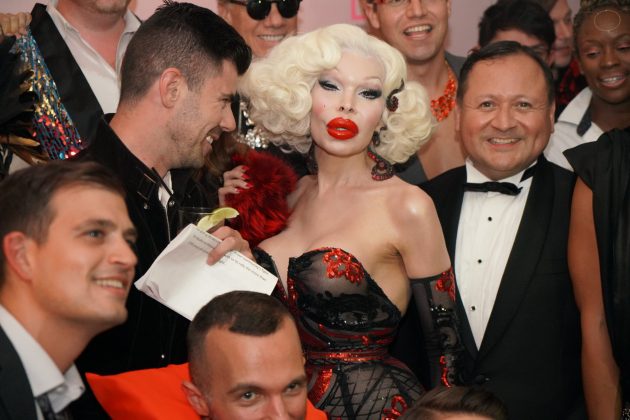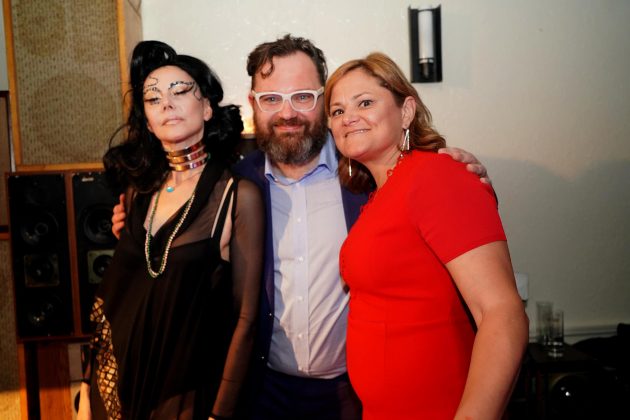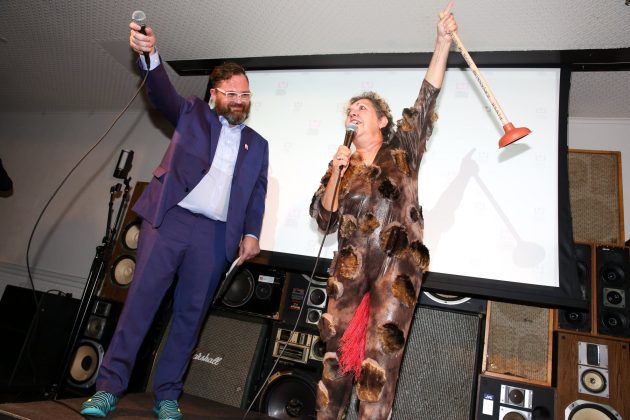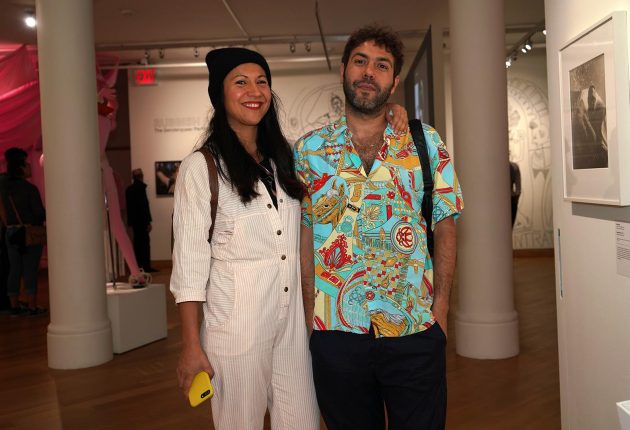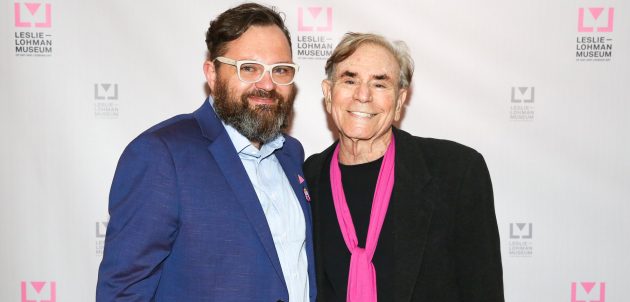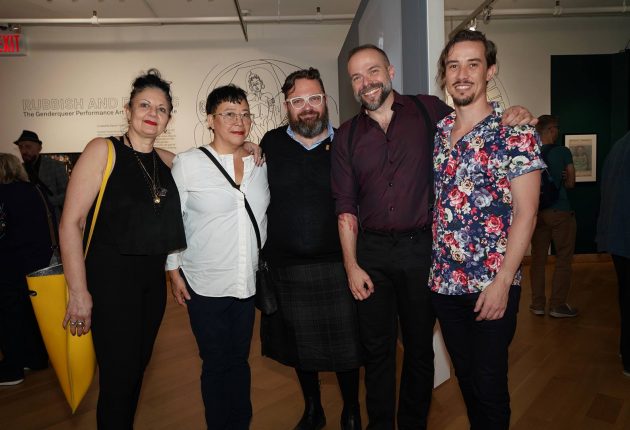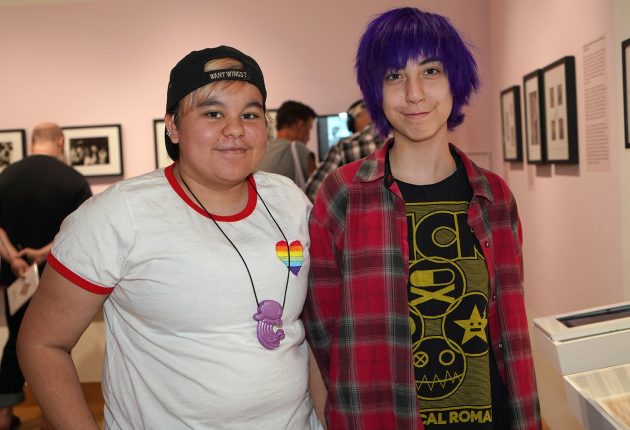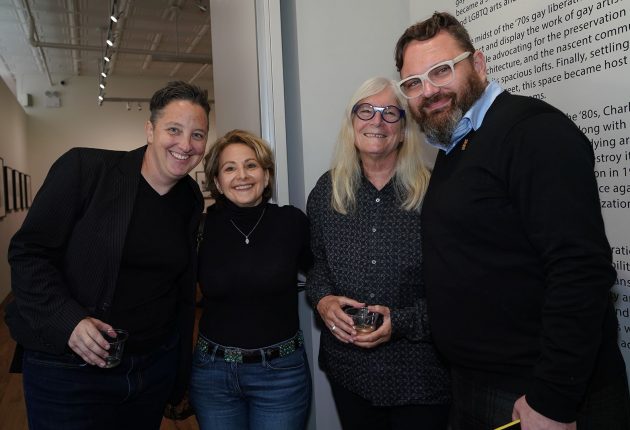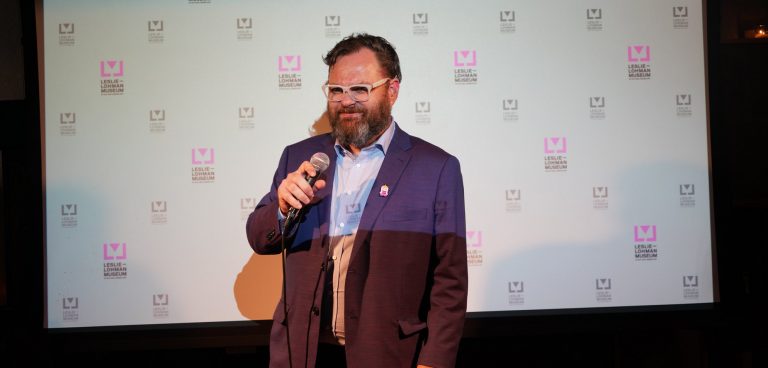
A Chat with Argentine Native Gonzalo Casals, Director of the Leslie-Lohman Museum of Gay and Lesbian Art
02 October, 2018It’s hard to believe there is only one museum in the world dedicated to exhibiting and preserving artwork that speaks about the LGBTQ experience. The Leslie-Lohman Museum of Gay and Lesbian Art, based in Soho in New York City, also boasts an executive director who was born and raised in Argentina: Gonzalo Casals (pictured above, on left).
Honoring Icons and Movers
Sounds and Colours was on hand as the museum celebrated some of its top philanthropists on the 27th of September at its fall gala, held at the Ace Hotel.
The honorees were event producer and New York City nightlife icon Susanne Bartsch, Deutsche Bank vice president Jon Tilli, who has done a ton of work to champion LGBT equality and diversity in the financial services sector, and Michael Becker, a retired estate planner and trust administrator, photographer and philanthropist who, on the night of the gala, announced a $1 million bequest to the museum.
The largest gift in the museum’s history, funds will be unrestricted and will go toward helping to grow the museum’s endowment, as well as for its general operations, exhibitions, and other programming.
Growth at a crucial time for the LGBTQ+ community
We had a chat with Casals, whose been at the Museum since January of 2017, overseeing much of the museum’s renovation, expansion, and ultimate re-opening in May of 2017.
Sounds and Colours:How are you feeling right now at this moment as gala guests swirl around us celebrating a successful event?
Gonzalo Casals: I’m extremely humbled and excited. I just cannot believe the amount of love and support the museum got from its community today. Two amazing gifts from two of our honorees—the $1 million from Michael Becker. It’s not about the man, it’s about the vote of confidence from a philanthropist like Michael, because he understands the power of the arts and the power of museums, and how he supports our community.
I’m equally excited about the Deutsche Bank Americas Foundation, thanks to Jon Tilli, who gave a $50,000 gift to start doing work in New York City public schools to support LGBTQ kids who are trying to define who they are and connect with their culture.
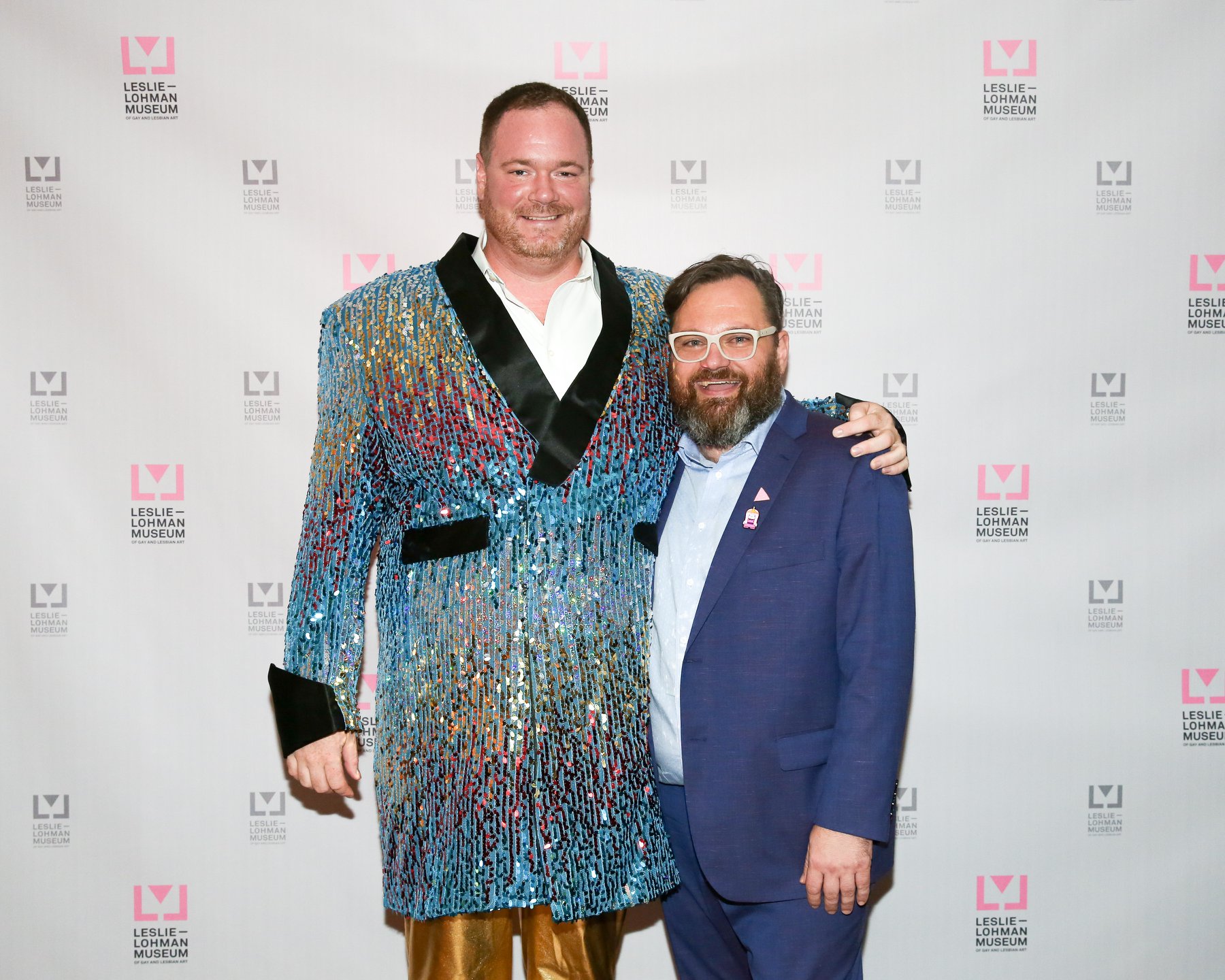
Jon Tilli, an honoree at the gala, and Casals. [Photo: Tom Stoelker]
Casals: We’re the only LGBTQ art museum in the world, which is a little problematic, right? Because every kid coming out in every town everywhere in the world should be able to go to a cultural institution and see themselves reflected and connect with their culture. No matter who you are, or where you’re from, whether you’re Latino or African American, your parents or grandparents, or sometimes your school, probably teach you about your culture. But when you’re queer, you’re left on your own to figure out how to connect to who you are and what your culture is. That’s why museums like ours are so important and that’s why I wish there was a Leslie-Lohman Museum in every little town all over the world.
- The celebutante and performance artist, Amanda Lepore, surrounded by gala guests.
- Casals flanked by honoree Susanne Bartsch and former NYC Council Speaker and LGBTQ advocate, Melissa Mark-Viverito
- Casals at the gala with a guest.
- Museum visitors at the opening of Donna Gottschalk’s photography exhibit.
- Gonzalo Casals and honoree Michael Becker
- Casals and museum visitors at the opening of Donna Gottschalk’s photography exhibit.
- Young visitors at the opening of Donna Gottschalk’s photography exhibit.
- Casals and more guests at Leslie-Lohman. [All photos by Tom Stoelker]
S&C: It’s no secret that many artists throughout history may have been queer, but what makes the work in your building so unique?
Casals: What happens a lot is when queer artists intermix in museums that are mainstream, their queerness is sort of erased. A lot of the work that we show is artists thinking about the LGBTQ experience. That’s what’s so important for our community. It’s not about the work on the walls, but about the safe space that we’ve created by having walls in which you can see yourself reflected.
S&C: Did you ever imagine you’d be doing this work when you were in Argentina?
Casals: Last Monday at our museum, as a matter of fact, a scholar from Argentina [Patricio Simonetto] came in and gave a presentation about LGBT activism in Argentina that took place back in 1968. To me it was really troubling that I didn’t know this story from my own country, yet exciting to be able to connect to my country from a queer perspective. This is the first time that happened to me. I came here when I was in my mid-20s, so I’m looking forward to go back and visit Argentina someday, and looking at things from a queer point of view.
A museum with an important mission
The roots of the Leslie-Lohman Museum trace back to 1969 when Charles Leslie and Fritz Lohman held an exhibit of gay artists for the first time in their SoHo loft. Throughout the 1970s, they continued to collect and exhibit gay artists while supporting the SoHo art community.
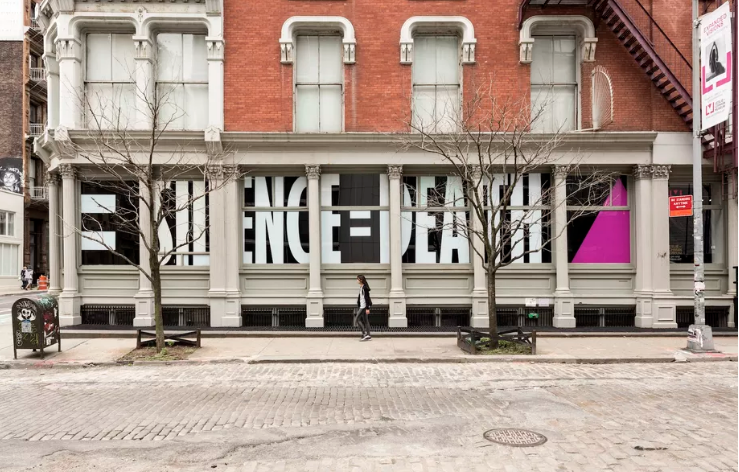
The Leslie-Lohman Museum is located in New York City’s Soho neighborhood. [Photo via Leslie-Lohman Museum]
During the AIDS pandemic of the 1980s, the collection continued to grow as they rescued the work of dying artists from families who, out of shame or ignorance, wanted to destroy it. This led to the formation of the Leslie-Lohman Gay Art Foundation in 1987. In recognition of its importance in the collection and preservation of LGBTQ history, the organization was accredited as a museum in 2016. With a collection of over 30,000 objects, the Museum hosts six major exhibitions annually, offers several public programs throughout the year, publishes an arts newsletter, and maintains a research library of over 3,000 volumes.
Currently on view at the museuem is a retrospective of the little-known work of lesbian photographer Donna Gottschalk. And, on the day after the gala, “RUBBISH AND DREAMS: The Genderqueer Performance Art of Stephen Varble,” opened. The exhibit surveys the work of the late performance artist, who is best known for his work questioning the boundaries of the gender binary. (Read more about Varble in this New York Times story.) Both artists were active in New York throughout the 1970s.
Follow the Leslie-Lohman Museum on Facebook.
Follow Sounds and Colours: Facebook / Twitter / Instagram / Mixcloud / Soundcloud / Bandcamp
Subscribe to the Sounds and Colours Newsletter for regular updates, news and competitions bringing the best of Latin American culture direct to your Inbox.


